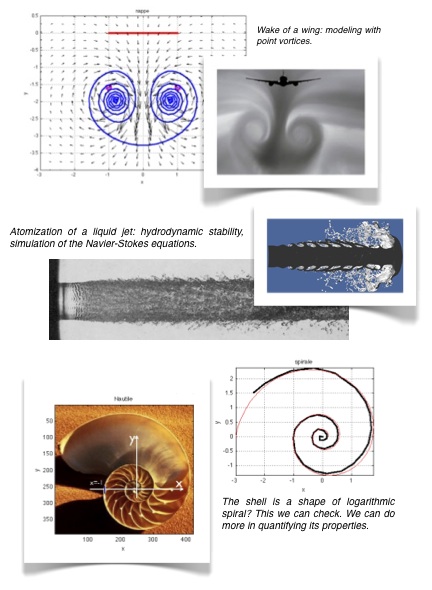Matlab
A hands-on course
Here the course announcement:
 stock.pdf stock.pdf
And here the lecture notes in english:
 stockholm.pdf stockholm.pdf
And here the exercice sheets, with description also of the project:
 masto2011.pdf masto2011.pdf
And here the scripts just as I wrote them during the sessions for examples. The different examples are separated with the "break" command:
 session1.m session1.m
 session2.m session2.m
 session3.m session3.m
 session4.m session4.m
The computer is a tool at the heart of science: writing articles, analyzing and visualizing data, but also creating data by simulating accurate models of our physical systems. Creating data is typically done by intensive computations, by solving partial differential equations with a large number of degrees of freedom. This is done using compiled languages: the restriction is simulation time, these codes are large, complex, of long development time and hopefully long lifetime. Modern experimental measurement techniques as well produce large fields of data: Particle Image Velocimetry for full velocity fields, the large number of pixels of high speed cameras...
The data obtained this way is heavy and complex, and stored in the memory of computers. It is clear that special programming skills are needed to manipulate this data; on one hand to visualize it (data must be seen), and on the other hand to extract the relevant information: statistics, automatic identification of special events...
This use of the computer goes beyond post-processing: to understand our physical systems we need to compare them to simple models, often ordinary differential equations; light systems of equations which must be themselves solved or simulated.
The goal of this course is to set-up a standard of programing using Matlab to give you the tool you need for all that. These codes are typically simple, of rapid development time and often of short lifetime: the qualities of interactivity.

|